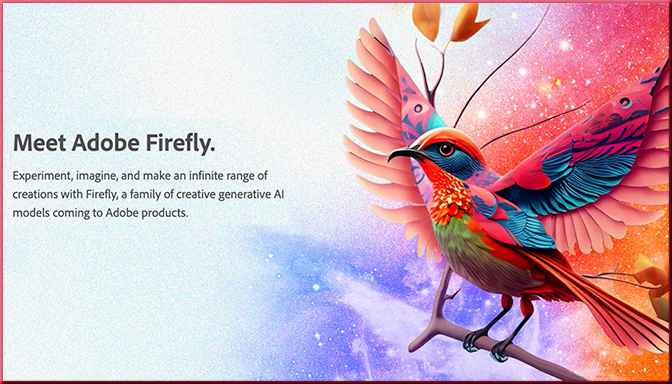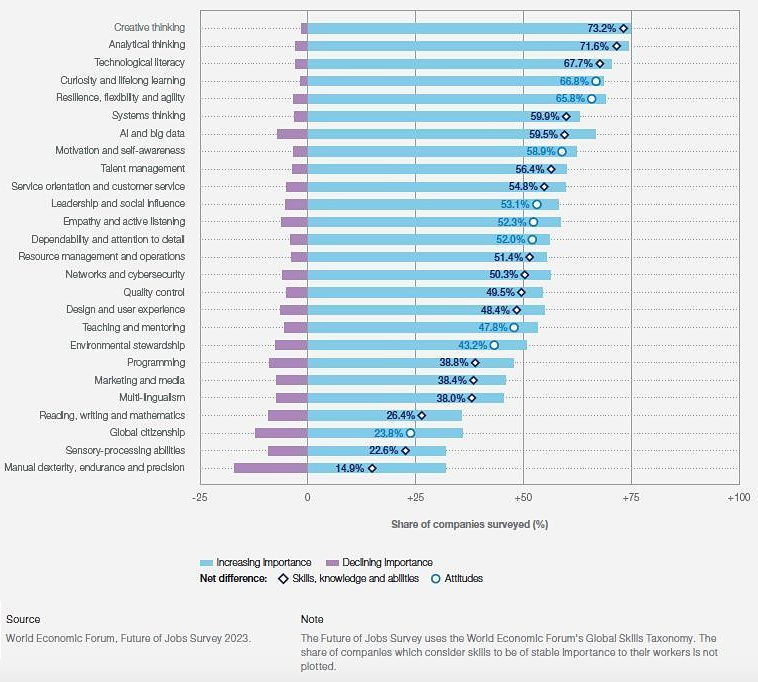Advice From More than A Decade of Career Pathway Innovation — from gettingsmart.com by Hilary Sontag and Kerri McDermid
Excerpt:
With nearly 15 years of experience in building and leading career-connected learning initiatives, St. Vrain offers a roadmap for districts of all sizes who are beginning the journey to create their own pathways of opportunity for students.
Over the past decade, St. Vrain Valley Schools has launched more than two dozen career pathways and now has a goal to offer quality work-based learning experiences for every graduate. As staff have developed these opportunities, St. Vrain has seen significant increases in graduation rates – approximately 94 percent of St. Vrain students graduate high school in four years – and a significant decrease in dropout rates to less than one percent of students. Graduation rates among our Hispanic students have increased by 30 percentage points, almost completely eliminating graduation rate gaps between all students and students of color. St. Vrain’s post-pandemic achievement has also accelerated at a remarkable pace. Building career-connected programming, and offering it as early and broadly as possible, has demonstrated a compelling case for the effectiveness of career pathways in accelerating achievement and student success.
The value of hands-on learning in prison — from college-inside.beehiiv.com by Charlotte West
Women in Washington reflect on their experience with a pre-apprenticeship that introduces them to the trades.
When I visited the prison in May, Brittany Wright had plans to go down to the Cement Masons & Plasterers Local Union 528 in Seattle when she got out a few days later. She’s now an apprentice working on a light rail expansion project for Sound Transit, making $31 an hour plus benefits. “I’m a little nervous, but more excited to get out there and actually start using the trades,” she told me at the time. “They seem like they’re willing to work with me. And that’s all that matters.”










:format(webp)/cdn.vox-cdn.com/uploads/chorus_asset/file/24976021/Canva_Magic_Studio.png)



